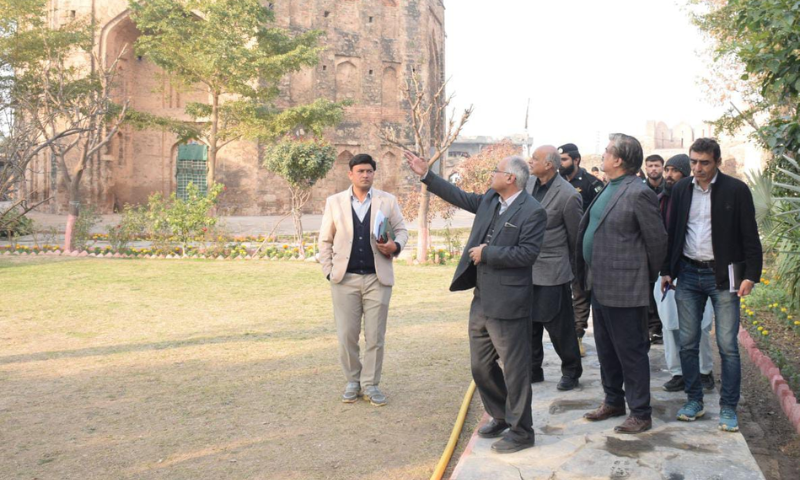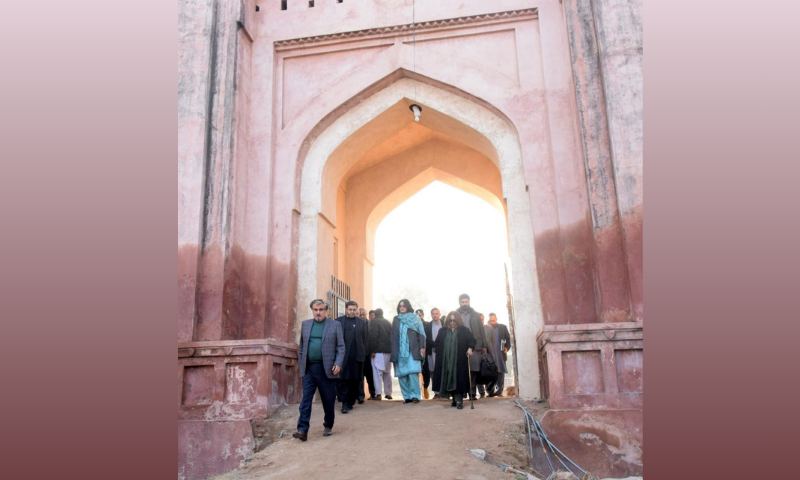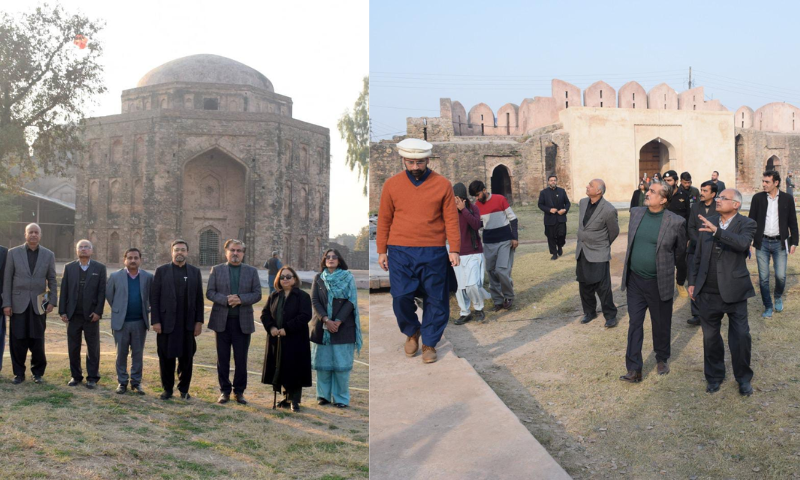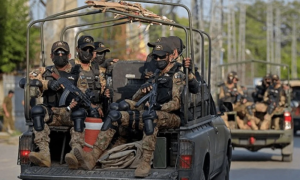ISLAMABAD: Federal Minister for National Heritage and Culture Jamal Shah has said that the government aimed to utilized all possible resources to conserve, develop and exhibit cultural heritage of Pakistan through scientific and traditional techniques.
The minister said this during a visit to Rawat Fort on Friday to monitor the recently initiated project regarding restoration, preservation and development of Rawat Fort. The minister directed the concerned authorities to expedite and complete the conservation work well before the calculated time.
Federal Secretary National Heritage & Culture Humaira Ahmad, Director General Department of Archaeology and Museum (DOAM) Dr Abdul Azeem and other senior officers were also present on the occasion.
Meanwhile the minister said that the main objectives of the Rawat project was to conserve, develop and exhibit country’s cultural heritage through scientific and traditional techniques and to generate short-term employment to the people in the project area.

“The project would not only prevent the site from further decay, but would preserve them for coming generations and would also boost tourism in the country as well as in the area”, the minister said.
Rawat Port as Part of Cultural Heritage
It is worth noting that the present small fortress Sarai Rawat is an ancient Sarai situated about 25 miles from Rawalpindi towards Jhelum close to the G.T road which was built during the sultanate period in early 15th century A.D.
This elegant fortress is also curiously associated with the name of Masud son of famous Mahmud of Ghazna (1039 A.D.) where he is said to have been arrested by his rebellious soldiers and eventually murdered in the fort of Giri near Taxila

Subsequently with the name of famous Ghakhar Chief Sarang Khan who fell with his sixteen sons fighting against Sher Shah Suri and buried within the precinct of this monument.
At present the fort contains two gateways on north and east, and one at southern side where there is a three domed Mosque in the middle of the Western Wing. There are regular rows of identical living cells along the four sides of the quadrangular inner face of the defence walls overlooking the inner courtyard.


























